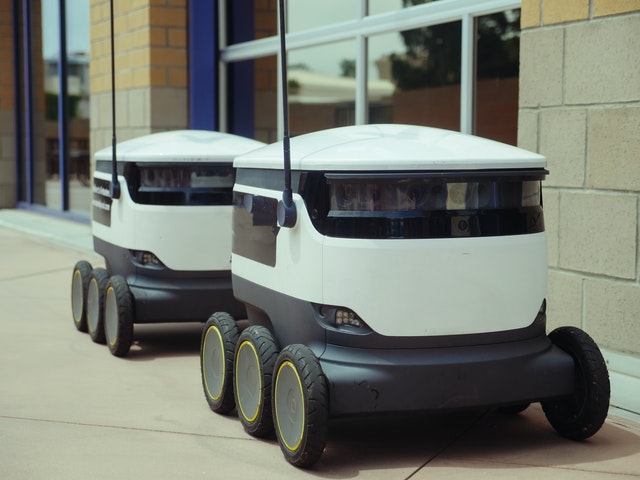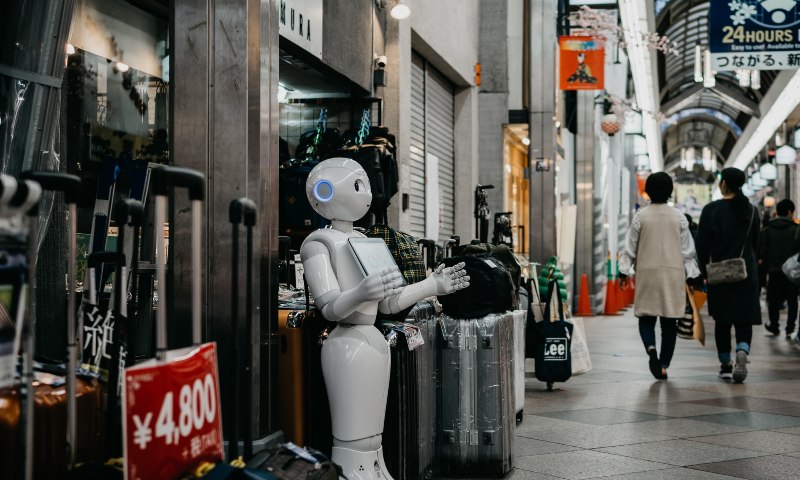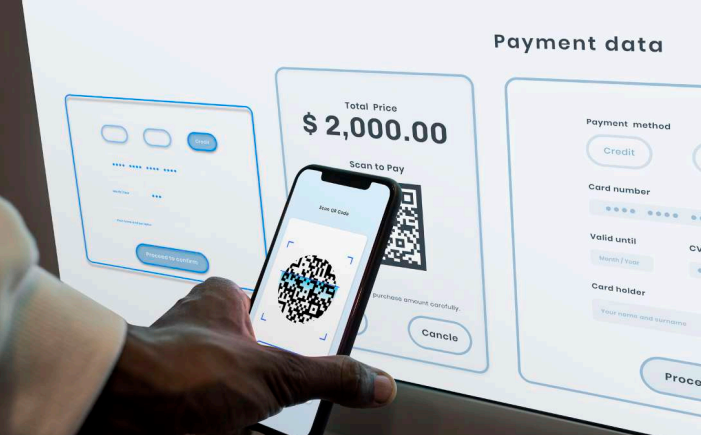The onset of the COVID-19 pandemic has shifted the way the world behaves. With everyone focused on social distancing through touchless transactions and digital-first solutions, different industries have recalibrated their operations and strategies to ensure that they can keep up with the times.
One of the quickest-growing industries worldwide is robotics, as many industries have adopted automation, machine learning, and digital solutions to minimize close contact and possible infection. In Asia, the Eastern region is leading the charge through strong advancements in China’s robotic technology and the subsector of service robotics.

Service Robotics and COVID-19
In the YCP Solidiance white paper How is COVID-19 Shaping China’s Robotics Industry?, the different ways robotic technology has penetrated various business sectors is emphasized, along with growth drivers that will help the industry reach ambitious expert projections of upward growth.
In terms of sub-sectors, one of the largest and most important is service robotics, which refers to any robotic technology under non-manufacturing services such as household, medical, and public service robots.
In 2019, the service robotics market in China reached a value of USD 2.2. billion, a figure that is projected to drastically increase with the urgent need for units due to COVID-19. While household service robotics makes up the bulk of the segment at 47.7% market share, public service robotics—or robotic solutions for hospitality and any service-based sector—is expected to drive industry growth in a touchless, post-pandemic world.
The service robotics sector has very strong key drivers for growth within the medical field and hospitality, especially within the East Asian region:
- Short-term: Medical service robots saw an increase in demand over the past year to help lessen the tasks for hospital frontliners via automated spraying of disinfectants, delivery of supplies, and temperature monitoring. Shanghai-based TMIRob, for example, saw a massive increase in units utilized and sold to healthcare providers. In Hong Kong, the L’hotel Group used robotics technology to handle basic customer inquiries, deliver luggage, and serve buffets in its hotels.
- Long-term: As restrictions ease, service robots are expected to be used in F&B as delivery carriers and AI-powered concierges. Keenon Robotics in Shanghai is seeing its service robots used in hotels, karaoke establishments, and restaurants. Another example is Japan’s Mos Burger chain, which recently announced via Nikkei Asia that it would utilize robots to take orders and prevent close contact that might spread COVID-19.

With service robots shaping up to be part of daily life moving forward, opportunities are rampant for potential investors and start-ups to establish strong partnerships. YCP Solidiance has the following recommendations for those wanting to jump into this growing sector:
- Be customer-centric in identifying new revenue streams.
- Be sensitive to co-creation opportunities.
- Be socially responsible in choosing collaborators.
Subscribe to our newsletter here to read more insights about business sectors in the Asia-Pacific.






